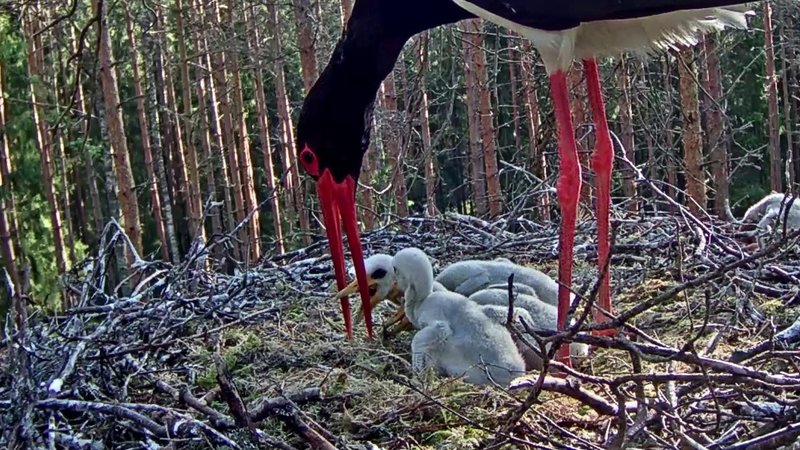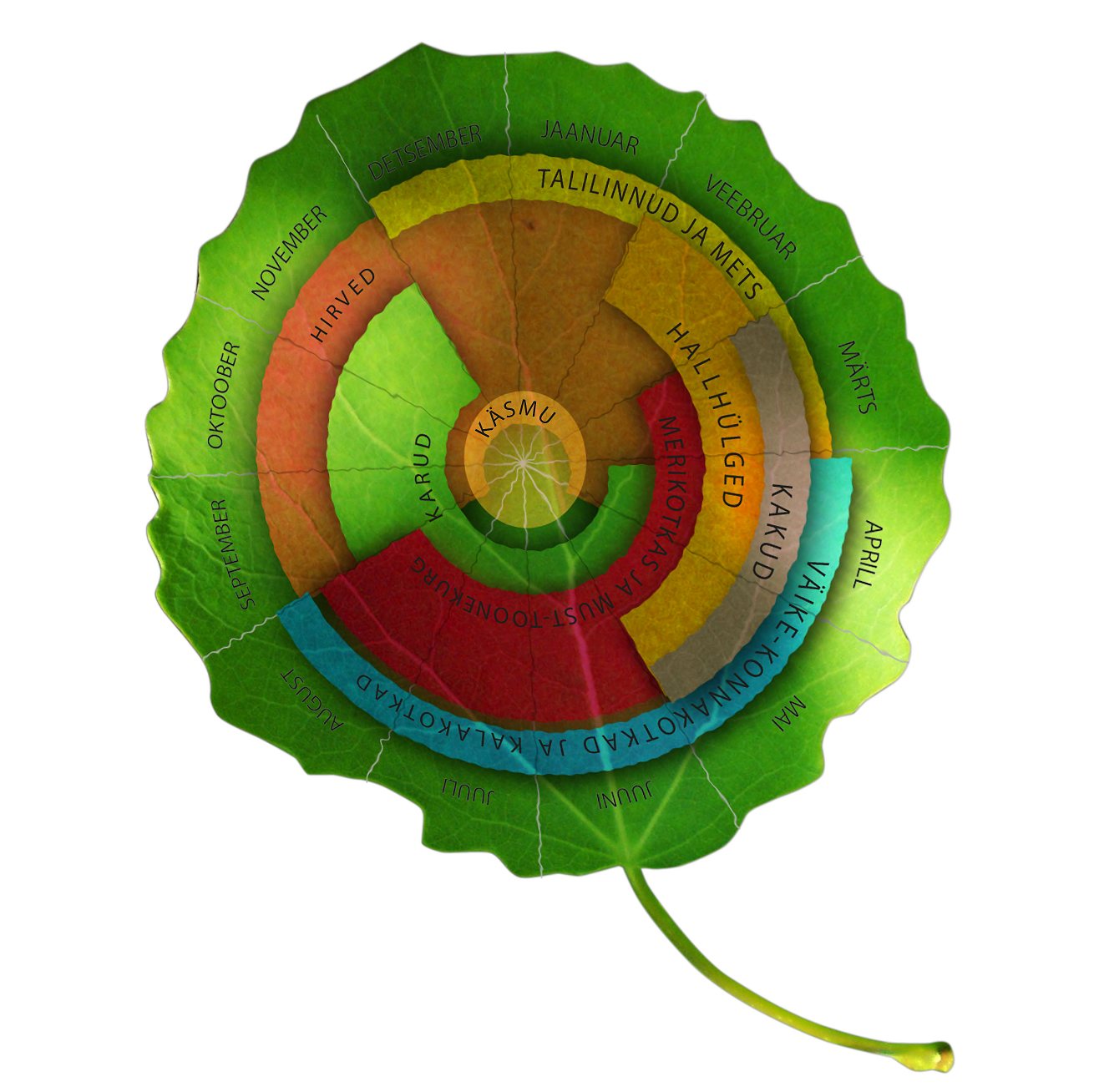Screencap from webcam Liz, LK forum
Estonian text posted 26.05.2019
Male Karl feeding three stork chicks this morning
Black stork Must-toonekurg Ciconia nigra
The elimination of the youngest stork chick from the nest by the female was actually only a matter of time.
When the adults understand that they might not manage the feeding at the raising of the chicks they sacrifice the weakest one. In the last few days the adults have not managed to feed the quickly growing chicks more than 3 or 4 times a day –at the moment it should be enough but when the chicks grow this amount is too small. In August the fledged chicks must start an independent life and manage to survive the long migration journey to
From the viewers’ point of view it is of course sad and regrettable but birds act with respect to the preservation of the species. It has happened in previous years in camera view and will quite likely happen in the future; we see only what happens in one stork nest .
In
Web camera watchers have suggested removing the smallest nestlings from the nest. But in the early stages of the breeding the disturbance of an ornithologist in nest life would rather cause the adults to leave the nest and so a failure of the whole breeding of that summer . We have seen in earlier years that the young birds are ringed when both adults are engaged in food fetching and even then it is desirable that the adults will not notice the ringer.
Let us accept the way things work in nature and continue to follow developments in the black stork nest .



